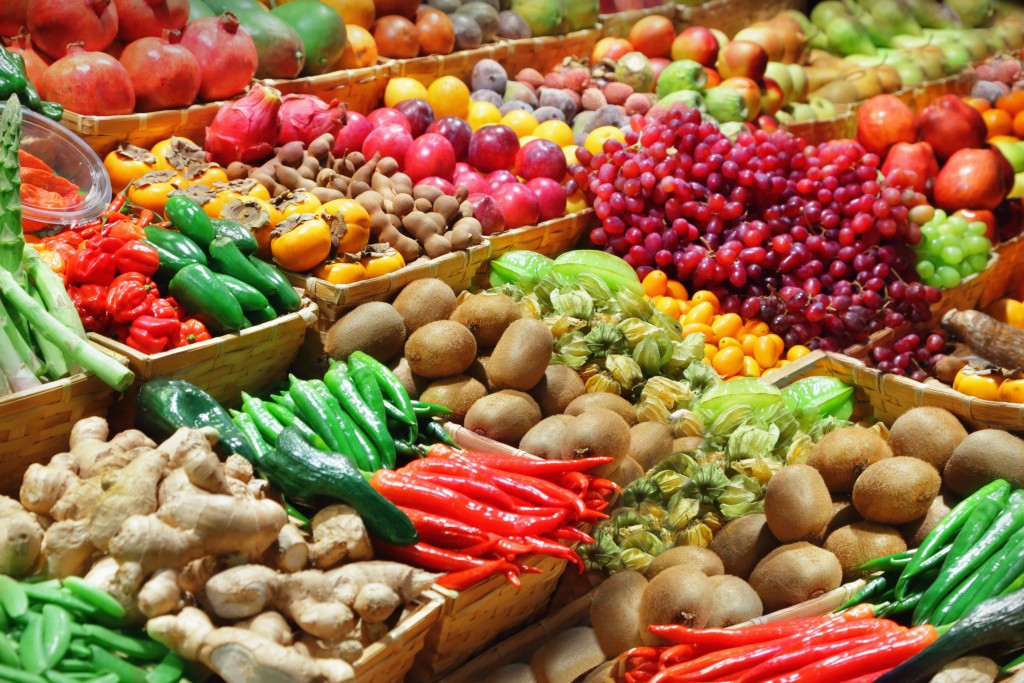Australian farmers need to consider the viability of using industrial tent structures and container domes among other on-farm storage options as global competitiveness will remain a key concern for 2019.
Industrial storage continues to be a pressing matter for farmers as they want to increase profitability through higher yields and production volumes or sales of higher-value grain, according to a Rabobank report. At the same time, this year will mark an initial deal between the country and Japan that will aim to provide a constant supply of export fruits year-round. Hence, the need for storage becomes more important whether you are a small-time farmer or an established agriculture company.
Enhancing Global Competency
Better competitiveness will come at a price and farmers are either willing to invest in upgrading their operations, or boost on-farm storage and improve the value of grain supply. Farmers used to rely mostly on bulk handlers to export their products to higher-value end markets, but the trend is slowly shifting due to specific effects on the supply chain.
Rabobank’s report showed that some industry players have decided to take their operations away from a rationalised bulk handling network. It also suggested that other companies do the same to save on operational costs. While bulk grain handling has helped with the delivery with high-quality wheat and other products, global competitiveness won’t be sustainable if companies are unable to limit their expenses.
More On-farm Storage

By 2025, Australian farmers will store up to 20 million tonnes of grain on-site. This would represent as much as 45 per cent of the average production during the summer and winter season. An advantage of this projected trend involves better cash flow throughout the year and possibly in between harvest seasons.
The proportion of on-farm storage use within the industry also reflects its growing popularity. Just two years ago, 90 per cent of farms in the country used on-farm grain storage. Many are capable of storing grain under a longer-term strategy. However, this requires a considerable investment in durable industrial tent structures and other forms of silo storage.
Best Practices for Hygiene
The increasing use of on-farm storage also led some states to enhance their implementation of hygiene standards. In Western Australia, the Department of Primary Industries and Regional Development said that around 12 per cent of grain supply goes to silo storage for different purposes.
State farmers are then advised to observe proper safety measures to avoid pest infestation. This is a challenge for on-farm storage users, and it’s not just about having a well-designed container dome or silo. Some preventive measures include cleaning farm machinery before a new crop season or sieving grain from the top and bottom of silos to check for any signs of pests.
In the end, when choosing the right type of on-farm storage, take note that many companies provide innovative shade and shelter solutions. However, you should judge them based on industry recognition whether in Australia or overseas aside from a strong portfolio of delivered projects.





